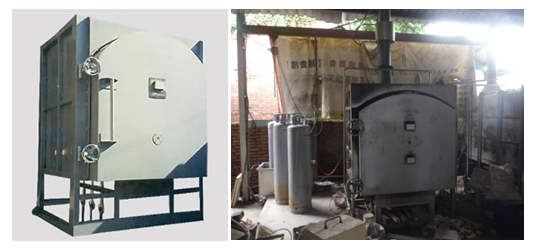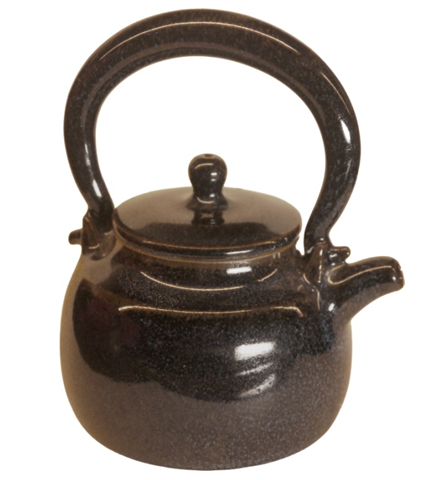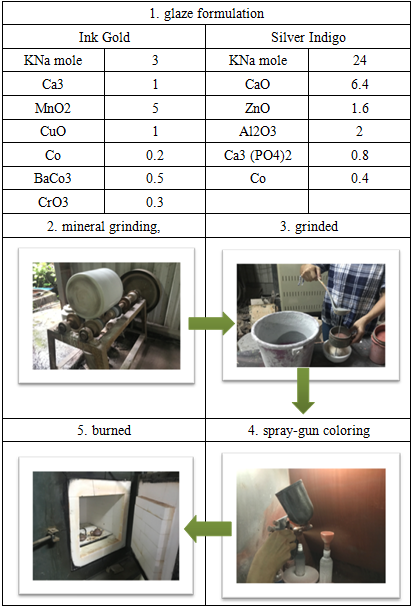-
Paper Information
- Paper Submission
-
Journal Information
- About This Journal
- Editorial Board
- Current Issue
- Archive
- Author Guidelines
- Contact Us
International Journal of Arts
p-ISSN: 2168-4995 e-ISSN: 2168-5002
2020; 10(1): 13-15
doi:10.5923/j.arts.20201001.02

The Design and Creation of Tea Sets from Sound and Image Transformation
Yeh Chih Cheng, Lo Tsai Yun
Tatung University, The Graduate Institute of Design Science, Taipei, Taiwan (R.O.C.)
Correspondence to: Yeh Chih Cheng, Tatung University, The Graduate Institute of Design Science, Taipei, Taiwan (R.O.C.).
| Email: |  |
Copyright © 2020 The Author(s). Published by Scientific & Academic Publishing.
This work is licensed under the Creative Commons Attribution International License (CC BY).
http://creativecommons.org/licenses/by/4.0/

The use of language has long been the key part of cultural development, regardless of the region. In the example of homophonic use, the Chinese culture generates new implication through identical or similar pronunciation. In the folk custom most deeply rooted in the culture, wrapping rice dumpling (zhongzi) in Dragon Boat Festival connotes the meaning of “guaranteed to pass examinations.” Moreover, the dishes on the table, including the fish with the symbol of wealth with “abundance year after year,” turnip symbolizing “fortune” and “sweet rice cake symbolizing “promotion” are all indispensable dishes during the Lunar Calendar Year. The composition of this work applies homophonic puns to ceramic teapots, which is used to prevent the cultural integration of Chinese culture in livelihood ceramics. Gold – the symbol of glory and silver ingot –the symbol of wealth both are applied to the name of teapot, using special firing method to present the luster of gold, known as the gold ink, with the homomorphy of touching gold. The special glaze formula is used to prevent the luster of indigo, known as silver indigo with the homophony of silver ingot. This homophony offers a special cultural implication to teapots.
Keywords: Homophonic Puns, Ceramic Teapots
Cite this paper: Yeh Chih Cheng, Lo Tsai Yun, The Design and Creation of Tea Sets from Sound and Image Transformation, International Journal of Arts, Vol. 10 No. 1, 2020, pp. 13-15. doi: 10.5923/j.arts.20201001.02.
Article Outline
1. Design Background
1.1. Ceramic Background
- It is recorded in literature that cavemen invented the ceramic making method by firing clay with shapes through the discovery of fire. Hence the ceramic firing has undergone few million years to reach the craft development today. Ceramic productions in ancient days were intended to cook food, place articles or sacrifice. Following the technological advancement as time passes, ceramics can be applied to a diversity of level, from the livelihood ceramic containers to the industrial manufacturing, which exhibit considerably important role in the value of artistry. In recent years, Taiwan’s production of tea sets are shifting from traditional teapot shapes to new styles. In particular, the transformation of the look of teapots is not only associated with the style of ceramic artists but also shows the trend of integrating Taiwanese cultural and creative industries.
1.2. The Social Role of Homophonic Puns
- The use of language has long held a certain portion in the development of culture while homophonic puns have been used by poets in their poetries. In the example of “Song of Bamboo Twigs” by Yuxi Liu from Tang dynasty, “The west is veiled in rain and the east basks in sunshine; My gallant is as deep in love as the day is fine,” the word “sunny” in the poetry contains a pun of “emotion,” which refers to the sunny in rain or shine and the emotion in relation. In Taiwan, homophonic puns are also widely used. In the folk custom most deeply rooted in the culture, wrapping rice dumpling (zhongzi) in Dragon Boat Festival contains the meaning of “guaranteed to pass examinations” while the dishes on the table include the fish symbolizing “abundance year after year” for wealth, turnip symbolizing “fortune,” and the pineapple place on the table as sacrifice to deity in Taiwanese is “Onglai,” which suggests frequent fortune. With regards to the mass media, many advertising words on TV also adopt the homophonic features filled with creativity to thereby enhance the audience’ impression on the products. The abovementioned reveals the key role of language in the different levels of the society.
2. Characteristics and Techniques of Ceramic Teapots
2.1. Firing Method of Teapots
- The firing process of ceramic is usually divided into firewood kiln, gas kiln and electric kiln. The works of creation were fired through gas kiln since the use of gas as fuel can apply to reduction and oxidation firing while the even temperature inside the gas kiln would provide relatively more table quality. The works fired contain high level of change and sophistication. Clay materials produce infrared function in works after kiln burning, which could sweeten the water. Hence such teapots are highly exceptional from teapots made of other materials. Moreover, the process of handmade craft production adds more mildness to the touch of teapots.
 | Figure 1. Photo of Firing by Gas Kiln |
2.2. Production Technique of Glaze
|
3. Design and Creation of Teapots
3.1. Ink Gold Teapot Creation Process
- The production of style for this teapot adopts an overhead handle design, while the engineering uses hand-building pottery to construct the body. The handle is shaped by ceramic plate while the irregular handle and changes exhibit the uniqueness of each teapot. For coloring, this piece is created with ink gold while “ink” itself contains the strong subtle quality of the Orient while “gold” symbolizes prosperity and glory. Hence the process of producing ink gold teapot emphasizes on the harmonious coordination between ink and gold colors, which undergoes special glaze preparation and reduction firing approach to turn the black ink color of teapot into black-with-gold look in the brewing process through temperature change. The subtle ink color incorporated with the noble and yet subtle golden gloss reveals the special literati quality of the Orient. Finally the teapot is name ink gold teapot with the puns expressing the auspicious connotation of “touching gold.”
 | Figure 2. Photo of Ink Gold Teapot Production |
3.2. Silver Indigo Teapot Creation Process
- This piece of work is carries out a series of creation with the intention to integrate teapot colors and homophonic puns. For this reason, we focus on the look of traditional teapot when designing this teapot but we also design a new overhead handle for the handle, modifying from the lateral handle to the overhead handle on top, implying the lifting of glory. We also make the overhead handle with curve so that the teapot can break away from the symmetric style but can produce the aesthetics of irregular changes, realizing the balance between tradition and innovation. With regards to techniques, silver is outlined on the teapot handle through silver water, producing the look of cloud, which is incorporated with the indigo glaze to add the implication of glory and auspiciousness of silver indigo teapot.
 | Figure 3. Photo of Silver Indigo Teapot Production |
4. Conclusions
- Since the discovery of fire by cavemen, the production of ceramics has undergone a long period of development to reach the prosperity today. Tea is a common drink in Taiwan and hence many people own tea sets at home since they are widely available in life. How to choose the suitable teapots among the many tea sets and ceramics in the market for anyone seems to become one issue people frequently encounter. The crafts masters also face with the issues merit discussion – and that is to upgrade the value of teapots but preserve the culture at the same time. Hence, the integration of teapots with representation of livelihood ceramics and language culture is intended to apply homophonic puns into art works but also create practical and auspicious blessings in the words, which will extend the artistic value of ceramic arts in art crafts products. Ceramic artists also need to extend the domain of professionalism into life so that the artists can create works with local culture and creativity, thereby passing down the art incessantly.
 Abstract
Abstract Reference
Reference Full-Text PDF
Full-Text PDF Full-text HTML
Full-text HTML